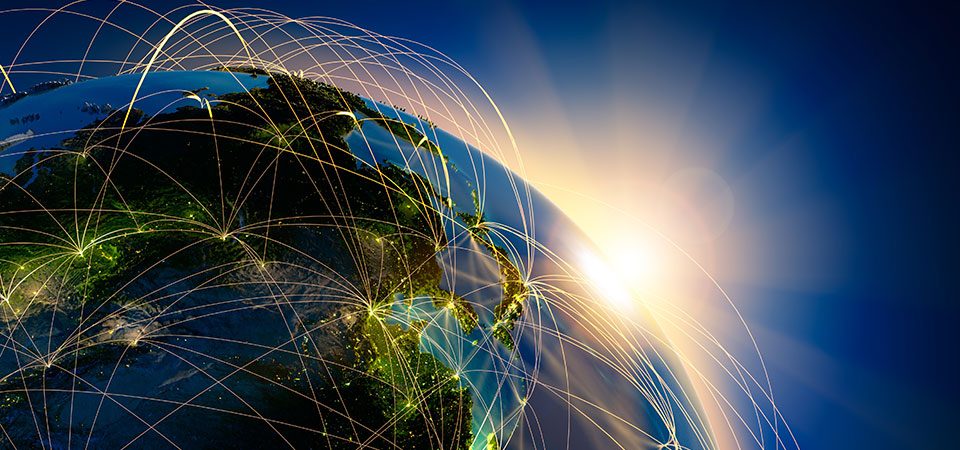
Geospatial solutions (technologies used to collect, process and manipulate data containing some sort of geographic information) have a significant economic impact on various areas. It’s not hard to provide proofs, for example drivers use maps and live traffic data to find the quickest route and as a result save on fuel. Geospatial solutions impact and generate benefits even for the whole society, for example by monitoring environmental changes or supporting energy grid maintenance and in the end increasing energy security. Below you’ll find a few figures which we hope will illuminate the economic value of geospatial services.

Geospatial services allowed to increase profits by at least 5% in sectors contributing about 75% to global GDP.

US$1.2 trillion of sales in the world are linked to digital maps.

Geo-services decreased emergency response times by 20%, resulting in more lives saved.

Digital maps reduce travel time by 12% on average thanks to route optimization.

32% of respondents declare that geospatial services make them feel safer, for example by helping to locate the nearest hospital or police station.

Geospatial solutions could reduce global CO2 emission by 5% per year.

52% of respondents said that they would not have been able to make the purchase without geospatial services.

In 2016 geospatial services industry generated approximately US$400 billion of income.

Thanks to geospatial solutions consumers save up to 21 billion hours per year from more efficient purchasing decisions.

Over 90% of the online population in the world use digital maps in various ways (mostly social networking or education apps).
This is a part of our quarterly newsletter. Subscribe to receive more news about geospatial solutions!
Source: The Economic Impact of Geospatial Services by AlphaBeta











